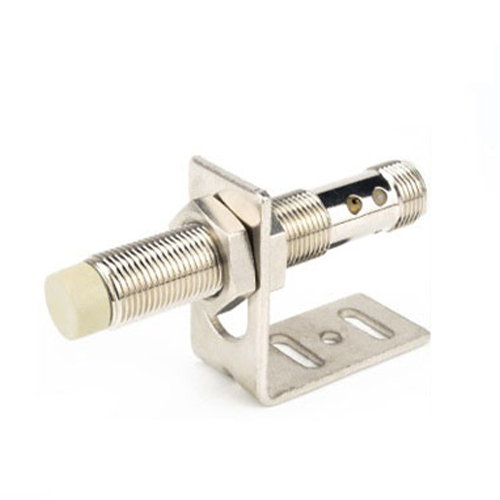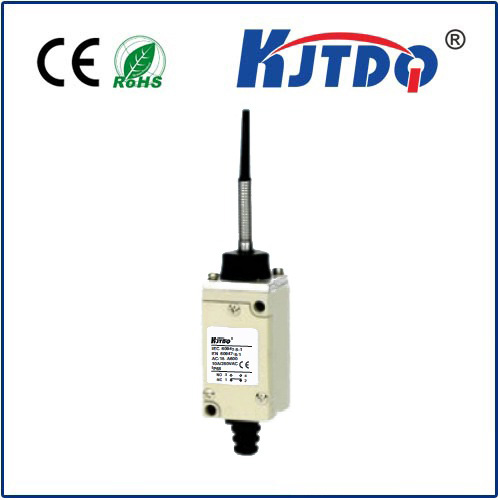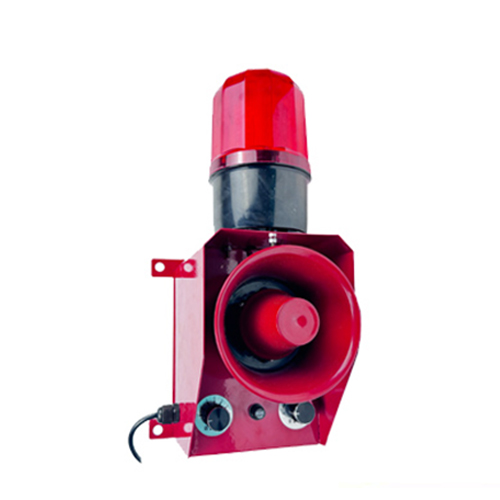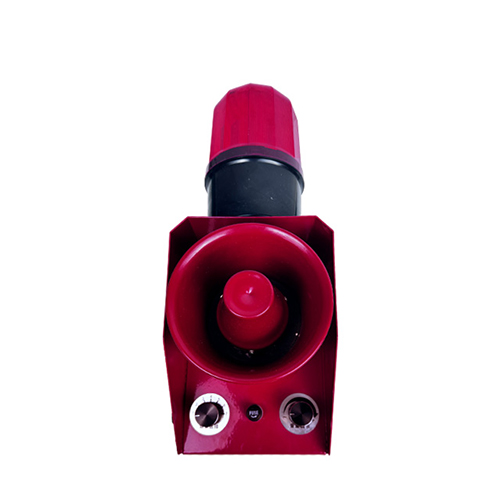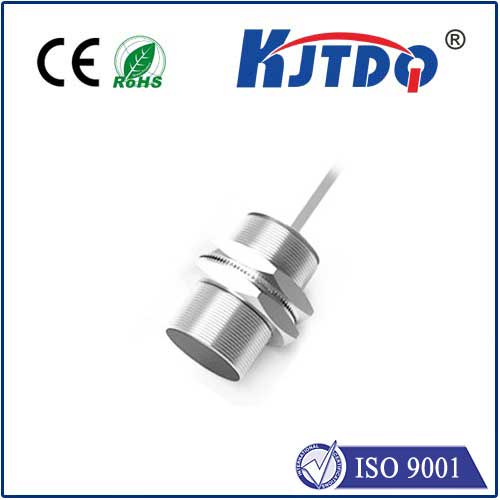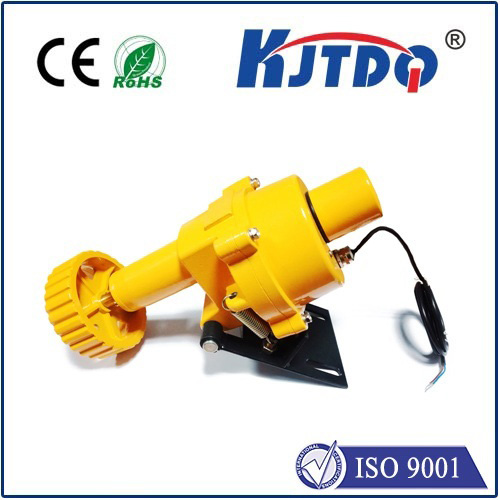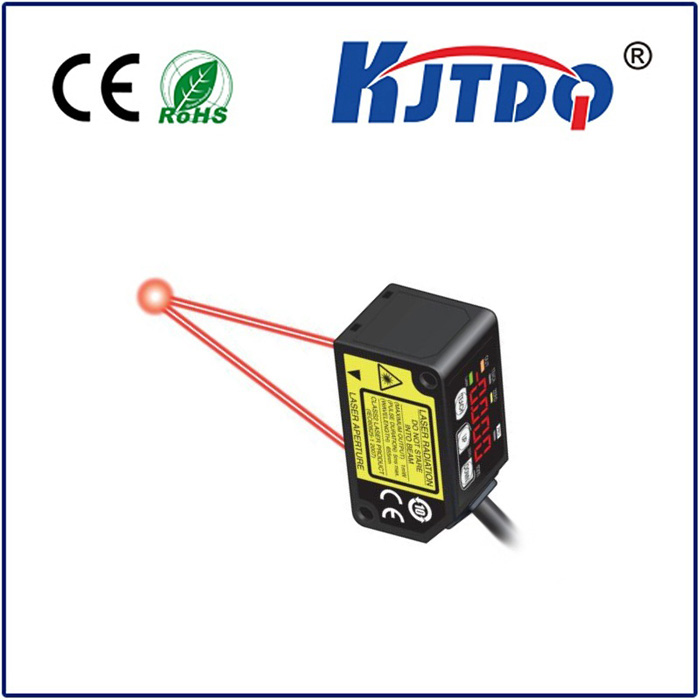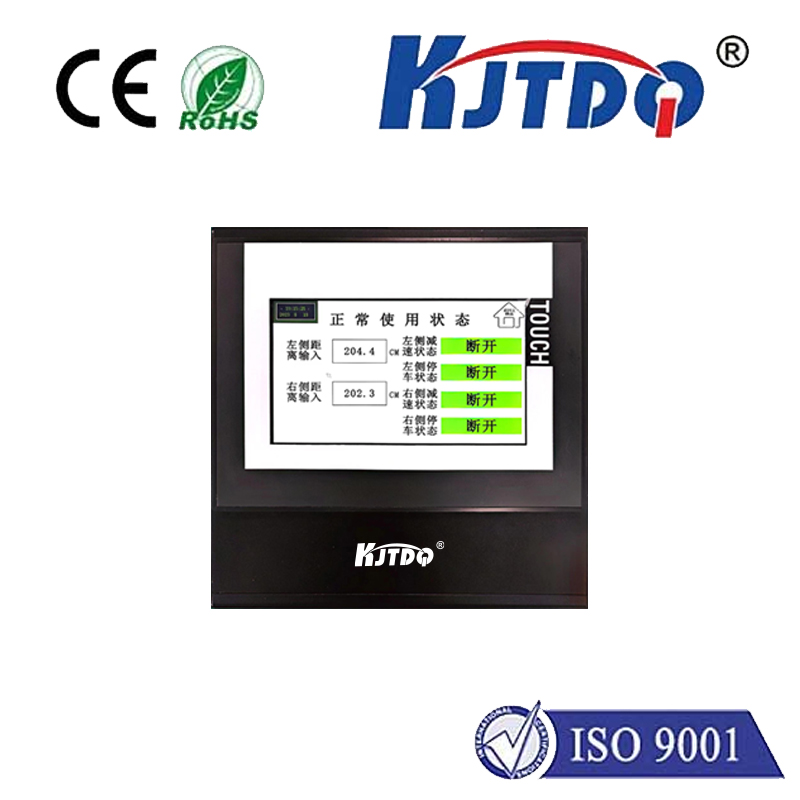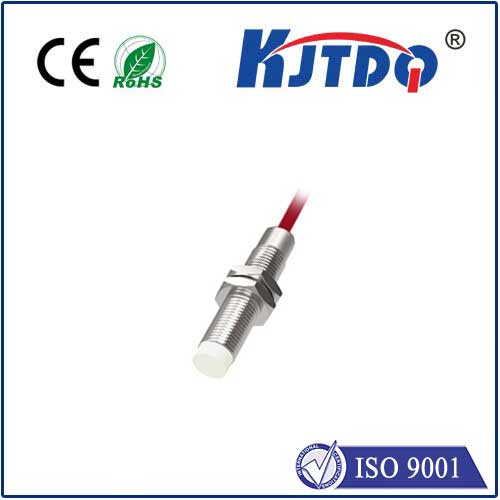BES023R high pressure proximity sensor
- time:2025-10-01 03:45:25
- Click:0
BES023R High Pressure Proximity Sensor: Engineered Resilience for Demanding Industrial Environments
Imagine a critical production line grinding to a halt. Not due to complex machinery failure, but because a single sensor monitoring hydraulic pressure couldn’t withstand the punishing environment it was placed in. Downtime escalates, costs mount. This scenario underscores the critical importance of choosing the right component for the job, especially when dealing with extreme conditions like high pressure. Enter the BES023R High Pressure Proximity Sensor – a robust solution specifically designed to deliver unwavering performance where standard sensors falter.
Beyond Basic Sensing: Tackling the Pressure Challenge Head-On
Standard inductive proximity sensors excel in countless applications, detecting the presence or absence of metallic objects without physical contact. However, conventional housings and seals often reach their limits when subjected to sustained, high external pressures, such as those found deep within hydraulic systems, high-pressure washdowns, submersible applications, or specialized machinery involving compressed gases or fluids. Seal failure under such stress can lead to internal damage, inaccurate readings, or complete sensor failure – consequences no facility can afford.
The BES023R distinguishes itself by being purpose-built for resilience in these demanding scenarios. Its core function remains reliable proximity detection of metallic targets, but it goes much further by integrating specialized engineering to counteract the crushing force of high-pressure environments.

Unpacking the Robust Engineering of the BES023R
What makes the BES023R a standout high pressure proximity sensor? Its resilience hinges on several key design features:
- Enhanced Housing Integrity: Unlike standard sensors, the BES023R typically features a stainless steel housing (e.g., V2A or V4A grades) machined to precise tolerances. This provides inherent strength and corrosion resistance far superior to plastic or lower-grade metal housings vulnerable to deformation under pressure.
- High-Pressure Sealing Technology: This is arguably the heart of its capability. The BES023R employs specialized high-pressure seals, often combined with meticulous sealing techniques at critical junctions like the sensing face, cable entry, and housing joins. These seals are meticulously chosen and tested to withstand sustained exposure to fluids and gases at pressures significantly exceeding typical industrial norms.
- Pressure-Equalized Designs (Potential Feature): Some high-pressure variants incorporate pressure-equalization mechanisms within the housing. This clever engineering prevents pressure differentials from building up across internal seals, drastically reducing the stress they endure and enhancing long-term reliability. While specifications should always be checked, this is a common approach for sensors rated for very high pressures.
- Reliable Inductive Core: At its operational core, the BES023R utilizes a robust inductive sensing element. Sealed within its protective high-pressure housing, this element provides the tried-and-tested non-contact detection of ferrous and non-ferrous metals. Its performance remains consistent and immune to the external pressure, provided the housing integrity is maintained.
Where Resilience Meets Application: BES023R in Action
The capability profile of the BES023R makes it indispensable in numerous challenging sectors:
- Hydraulics & Pneumatics: Monitoring piston position, valve switching, or component presence directly within high-pressure hydraulic cylinders or pneumatic systems where cavity pressures can be immense.
- Marine & Offshore: Equipment operating at significant depths faces substantial hydrostatic pressure. The BES023R is ideal for position sensing on winches, hatches, submersible pumps, or ROVs.
- High-Pressure Processing (HPP): In food and beverage industries using HPP technology for non-thermal pasteurization, sensors like the BES023R are crucial for monitoring vessel closures, safety interlocks, or component positions within the ultra-high-pressure chamber environment.
- Oil & Gas: Downhole tools, wellhead equipment, and refining processes often involve extreme pressures and harsh chemicals, demanding sensors with robust housings and seals.
- Heavy Machinery: Construction and mining equipment utilizing high-pressure hydraulics benefit from reliable sensors like the BES023R for boom positioning, bucket angle sensing, or pump monitoring.
- High-Pressure Cleaning/CIP: Systems utilizing ultra-high-pressure water jets for cleaning or sterilization require sensors that won’t succumb to the intense water pressure and potential chemical exposure.
Key Specifications Defining Performance (Illustrative - Always Verify Actual Datasheet)
While exact specifications vary, typical defining characteristics of a high pressure proximity sensor like the BES023R include:
- Pressure Rating: This is the headline spec. Look for ratings often ranging from 100 bar (1450 psi) up to 1000 bar (14,500 psi) or even higher, depending on the model and application (static vs. dynamic pressure). Always confirm the specific rating for the BES023R variant you require.
- Sensing Distance: Defined by the inductive element, e.g., 4mm, 8mm, or 15mm, optimized for typical target sizes in industrial settings.
- Housing Material: Stainless steel (1.4305/AISI 303, 1.4404/AISI 316L) is standard for strength and corrosion resistance.
- Connection: Potted cable entry is common for maximized seal integrity. Connector variants (usually M12) might have specific pressure ratings.
- Output: Standard choices like PNP Normally Open (NO), PNP Normally Closed (NC), NPN NO, NPN NC ensure compatibility with various control systems.
- Ingress Protection (IP): Typically rated IP67 or IP69K, guaranteeing protection against dust ingress and high-pressure, high-temperature water jets, complementing its pressure resilience.
- Temperature Range: Suitable for industrial environments, often -25°C to +70°C or wider.
Ensuring Peak Performance: Installation and Operational Considerations
To leverage the BES023R’s full capabilities, follow these guidelines:
- Mounting: Ensure the sensor is securely mounted according to specifications. Pay close attention to mounting torque to avoid damaging the housing or compromising seals. Proper alignment with the target is crucial for reliable switching.
- Pressure Limits: Strictly adhere to the specified maximum pressure rating. Exceeding this rating risks catastrophic failure. Consider pressure spikes and cycling in your application.
- Chemical Compatibility: While stainless steel offers broad resistance, verify compatibility with the specific fluids or gases it will encounter, especially if aggressive chemicals are present.
- Target Material & Size: Ensure the target is ferrous or non-ferrous metal within the sensor’s specified detection capability and size limits. Maintain the stated sensing distance.
- Electrical Connection: Wire according to the sensor’s output type (PNP/NPN, NO/NC) and voltage rating, using appropriate cable glands that maintain the pressure rating at the entry point if using cable versions.
The Unseen Value: Reliability and Reduced Total Cost of Ownership
While the initial cost of a specialized high pressure proximity sensor like the BES023R might be higher than a standard model, its true value lies in unparalleled reliability and minimized downtime. Preventing a single major system failure or production stoppage easily justifies the investment. Its robust construction ensures a longer service life in harsh conditions, reducing replacement frequency and maintenance overhead. The BES023R high pressure proximity sensor isn’t just a component; it’s an insurance policy for continuous, efficient, and safe operation in the most demanding corners of industrial automation. When pressure is a constant threat, resilience isn’t optional – it’s essential. Choosing a sensor engineered explicitly for this challenge, such as the BES023R, is the hallmark of intelligent, forward-thinking system design.






